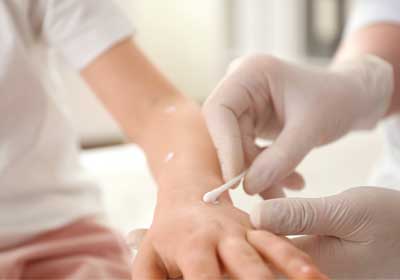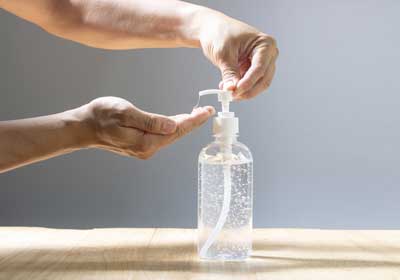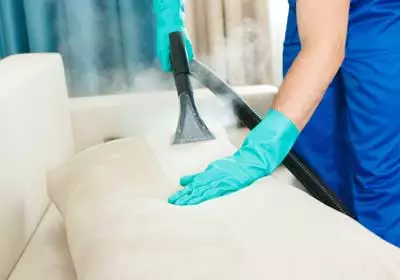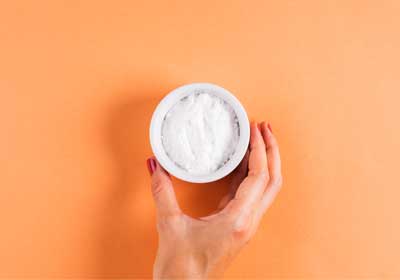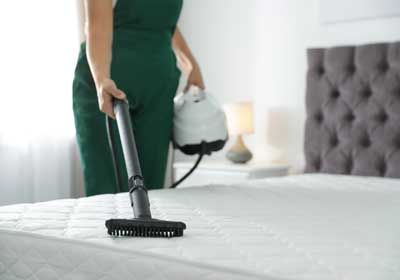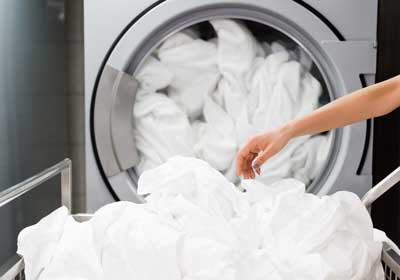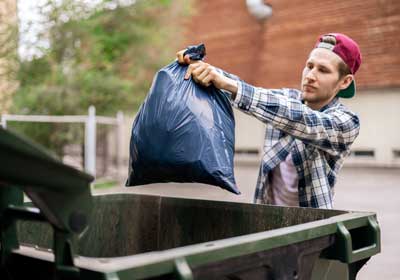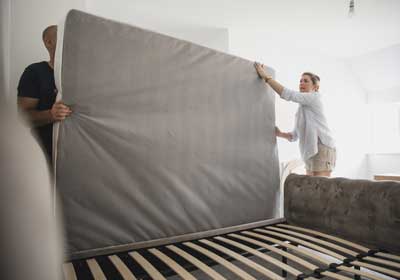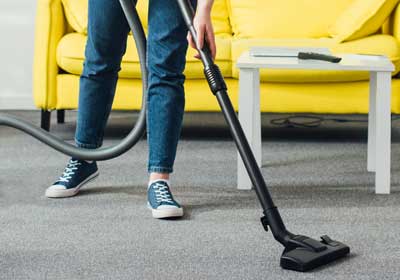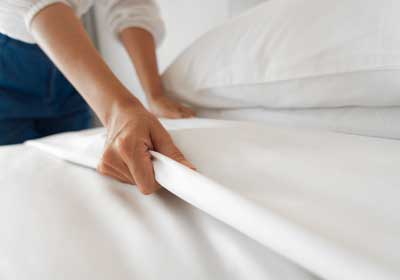Bed Bug Treatment
1. How to treat bed bug bites
Bed bug bites can usually be treated at home without help. Over-the-counter pain medications and creams reduce itchiness and help soothe mild symptoms. If you have an allergic reaction, consult with a doctor immediately.
2. What helps bed bug bites?
If your bed bug bite symptoms are mild, DIY remedies may help. Don’t try home remedies if you’re having an allergic reaction – immediately consult a medical professional.
3. How to get rid of bed bugs in Knoxville
Once bed bugs have infested a house, they can be almost impossible to get rid of without professional help. They are resilient and just keep coming back. Bed bug exterminators have an array of treatments to deploy, including advanced heat treatments, steam treatments, and more.
4. Does baking soda kill bed bugs?
Some claim that baking soda dehydrates and kills off bed bugs effectively. While it may kill small numbers of targeted bed bugs, baking soda is not powerful enough to treat an entire infestation.
5. Do it yourself bed bug treatment
In this section, we’ll show you some of the DIY bed bug control methods people use. While these methods can alleviate the problem, we still strongly recommend hiring a professional bed bug exterminator to fully rid your home of an ongoing infestation.
6. Does washing bedding and clothing in high heat kill bed bugs?
Washing your clothes and bedding in hot water should kill off the bed bugs in the laundry. Again, while this may alleviate the problem it will not solve it.
7. Do I have to throw out food after a bed bug infestation?
No, bed bugs are not interested in human food. If you experience a bed bug infestation, there’s no need to throw away any of your food.
8. Do I have to throw out my bed bug infested mattress?
This is a common myth. In fact, you should avoid transporting your infested mattress anywhere. In this section, we’ll explain what you should do instead.
9. How do you get rid of bed bugs in your carpet?
Even though bed bugs rarely infest carpet, we still recommend vacuuming your carpet thoroughly after an infestation, and to be careful when emptying vacuum cleaner bags.
10. How do I prepare for bed bug treatment in Knoxville?
The best way to prevent bed bugs is to understand how they spread, and practice caution when traveling or buying used furniture. If you do get bed bugs, your best option is working with a professional exterminator.
